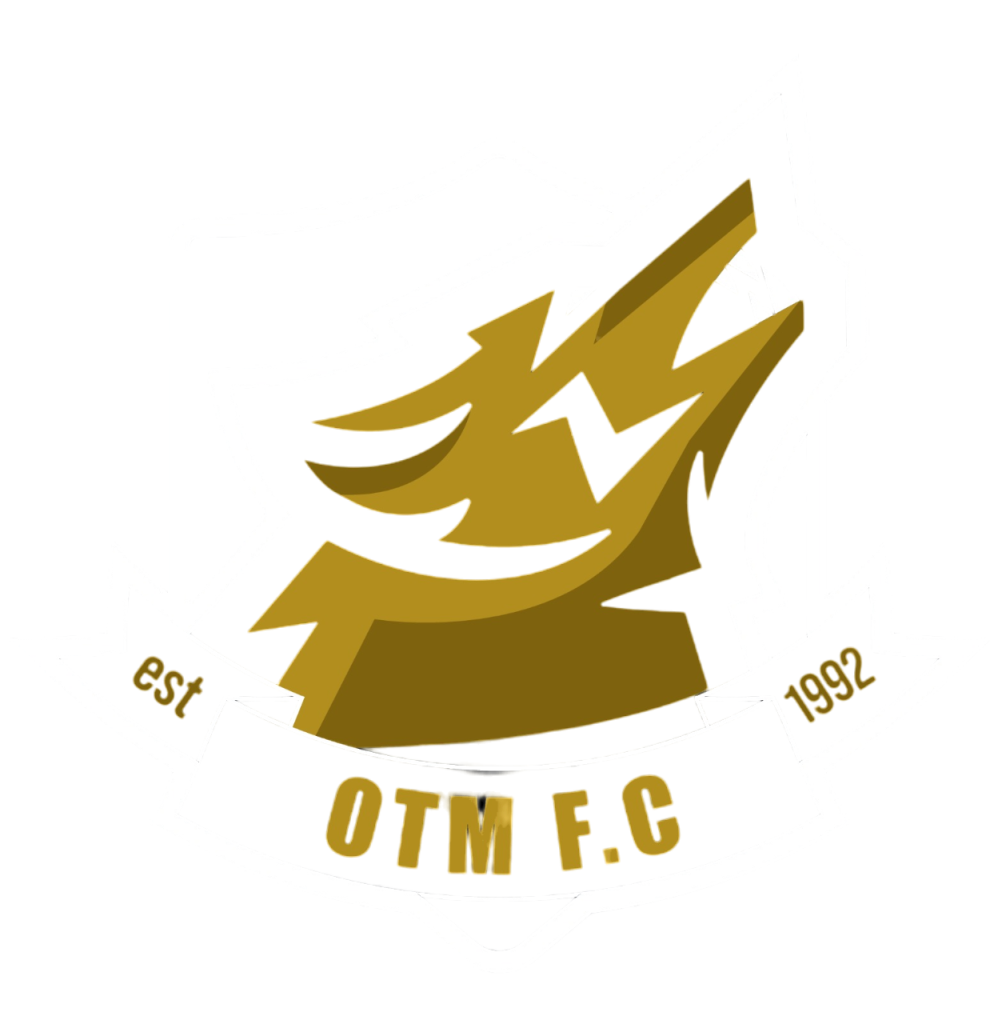
Physical Abuse: Physical Abuse is deliberate physical harm to an individual, or the wilful and neglectful failure to prevent physical harm or suffering. Types of Physical abuse include but not limited to throwing, shaking, poisoning, burning/scalding, hitting, drowning and suffocating. This includes physical harm caused by a parent or carer wishing to fabricate or induce the symptoms of illness.
Emotional Abuse: Emotional Abuse is persistent emotional maltreatment of an individual, leading to severe and adverse effects on the individuals emotional state of mind and development, such examples of emotional abuse; making an individual feel worthless or unloved, inadequate or unvalued. Symptoms may include limitation of learning or prevention of the individual participation in normal social interaction. Emotional abuse can also lead to bullying, making the individual feel frightened, endangerd or lead to exploitation or corruption of the individual. Domestic violence, adult mental issues and parental substance misuse may also expose an individual to Emotional Abuse.
Sexual Abuse: Sexual Abuse involves forcing or enticing a child, young person or vulnerable adult to take part in sexual activities, whether or not they are aware of what is happening, these activities may involve physical contact or non- contact activities (including but not limited to looking at or involving the individual in the production of pornographic material forcing the individual to watch sexual activities, encouraging sexually inappropriate behaviour or making inappropriate sexual remarks).
Neglect: Neglect is the persistent failure to meet an individual’s basic physical, emotional and/or psychological needs, which is likely to result in significant harm, types of neglect may include failure to provide adequate food, clothing, shelter, failure to protect the individual from physical harm or danger, failure to provide access to medical care or treatment, or failure to provide adequate supervision.